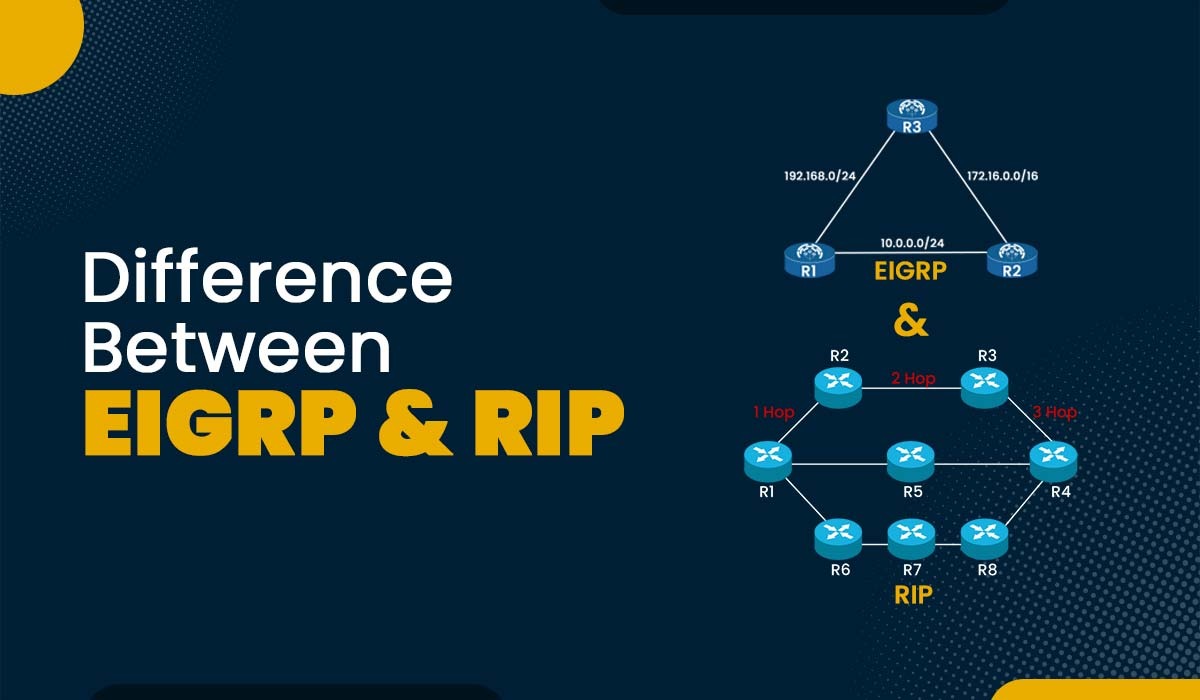
Introduction In a network, routers communicate with one another via different routing protocols available. Routing protocols help routers in order to choose the best path to a destination and also maintain the routing table. There are several types of routing protocols each with different functionalities, some of which are path vector, link state, and distance […]
Read More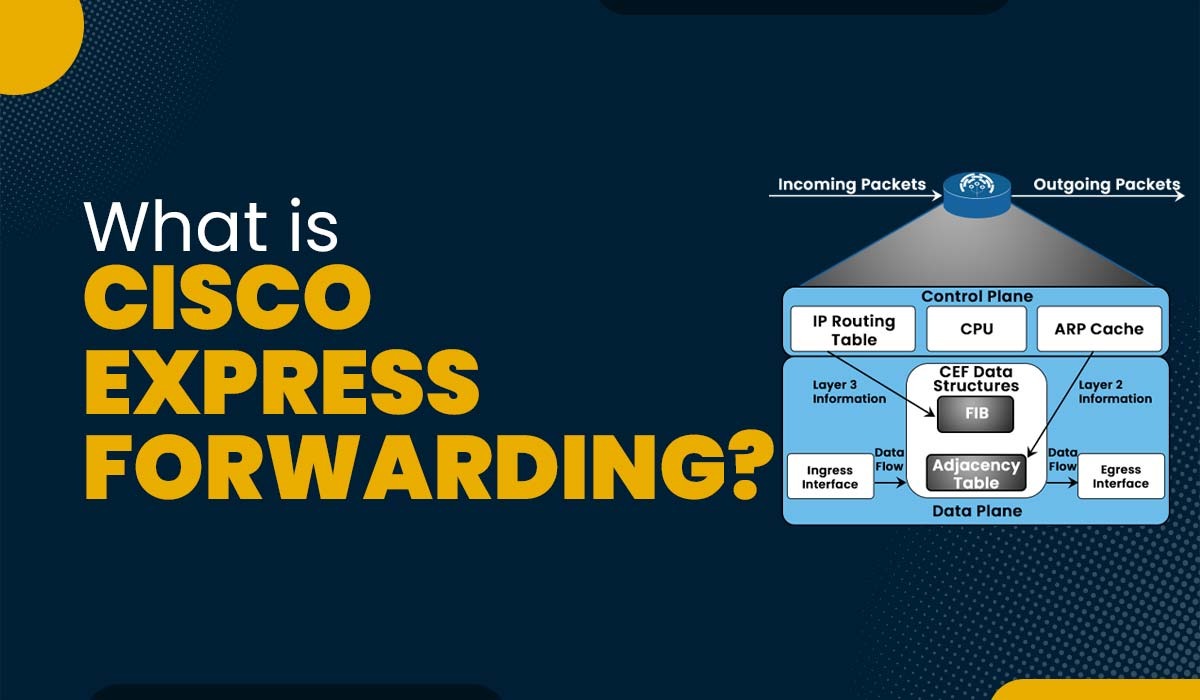
Introduction You might have heard of CEF if you are working closely with network switches and routers. Cisco Express Forwarding or CEF is an advanced layer 3 switching technology that is used particularly in large networks or the Internet in order to enhance the overall performance of the network. CEF is a kind of feature […]
Read More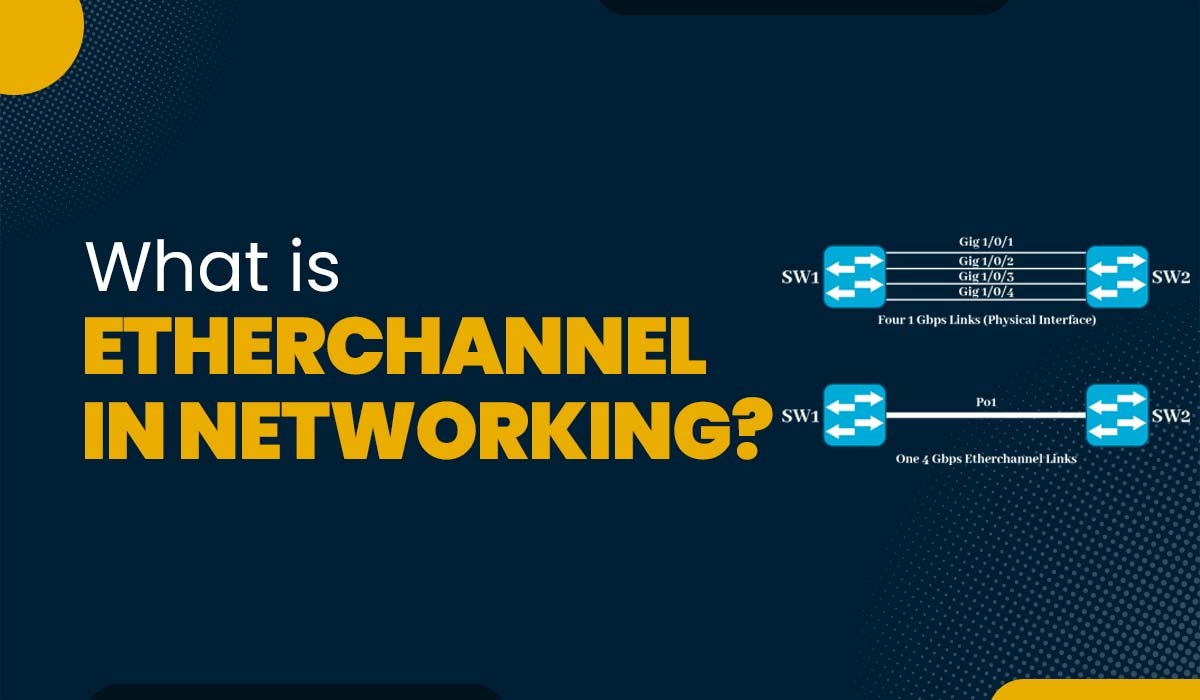
Introduction Have you ever faced a scenario where you want more bandwidth than what your network link can provide? Or have you ever experienced a network outage because of a single link failure? If yes, then you are probably interested in EtherChannel. It is a port link aggregation technology that groups together more than one physical […]
Read More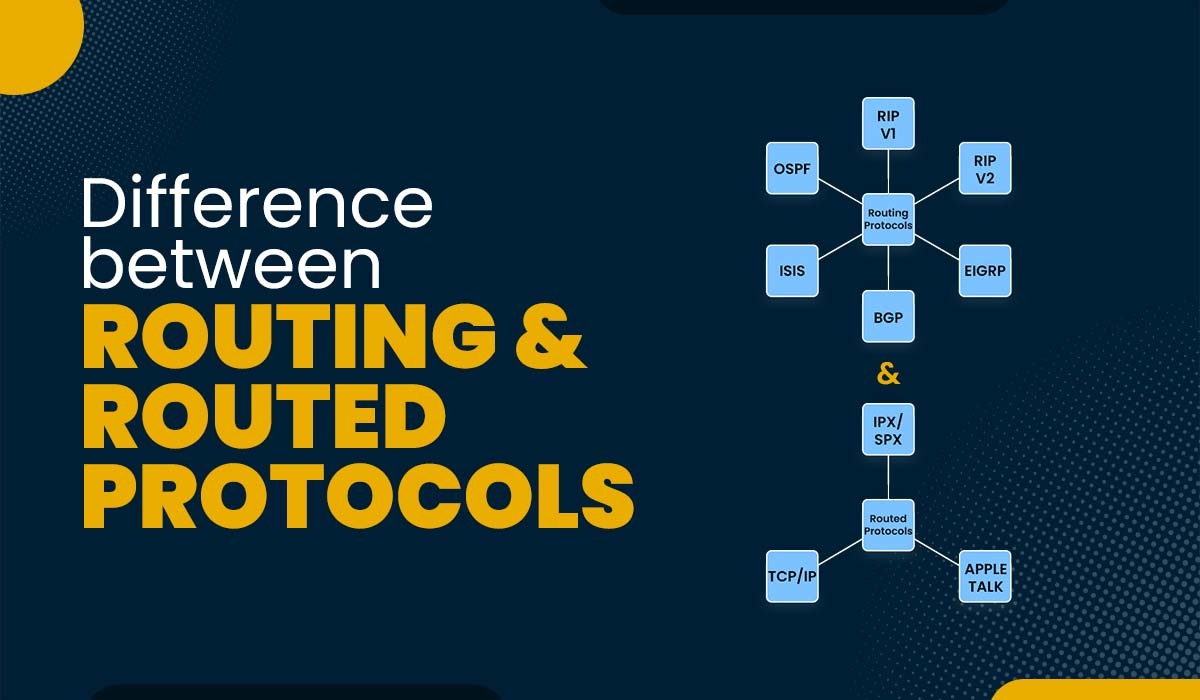
Introduction Routing and routed protocols are two critical principles in computer networking that confuse many students. Both are associated with the network layer of the OSI model, which is responsible for offering logical addressing and routing packets across different networks. Both have specific features and traits. In this blog, we will explain routing protocol vs […]
Read More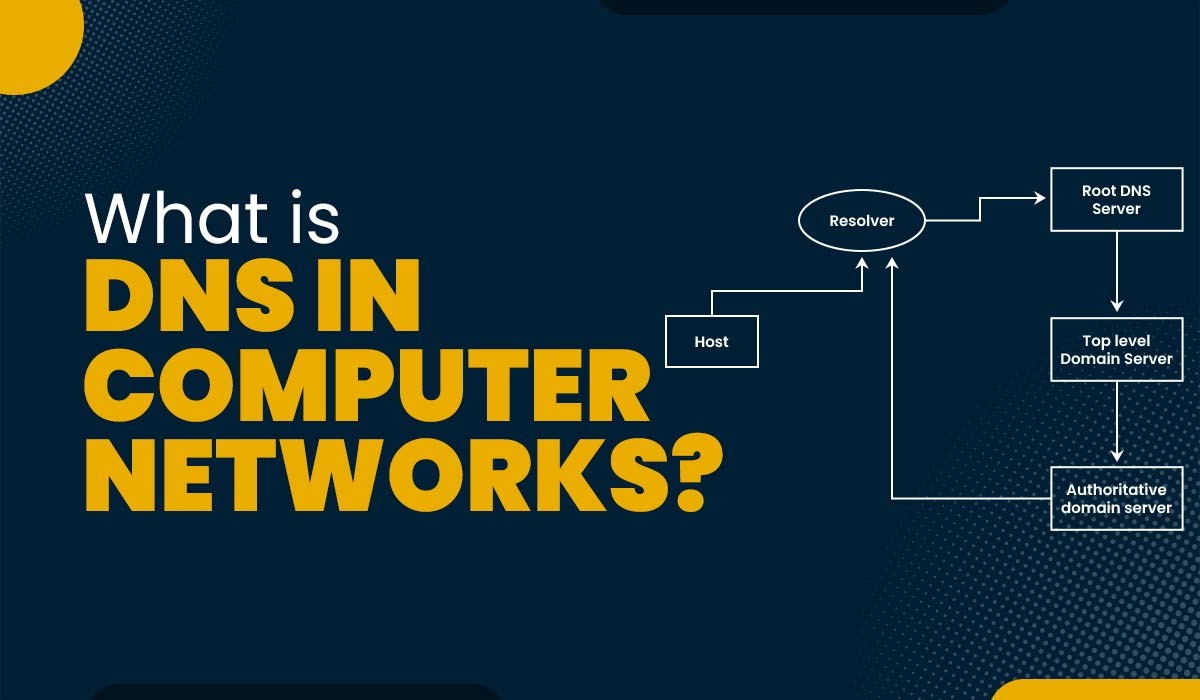
Introduction The Internet is an extensive network of connected devices, each with an individual identification number known as an IP address. People find it extremely challenging to memorize numbers, especially since IP addresses are dynamic and can change over time. As a result, a mapping is needed to convert a website’s domain name, such as […]
Read More
Introduction If you are interested in computer networking, you might have heard of MTU and MSS. But what they really are and why one should study these concepts in detail. MTU and MSS are important concepts as they help determine the size of each packet sent across the network without getting into the fragmentation phase. […]
Read More
Introduction If you have ever used a computer network, you have probably wondered how data gets sent and received without problems. How does the network determine whether the data has been tampered with or corrupted? How does it deal with noise and interference, which might degrade signal quality? Frame Check Sequence (FCS) is the solution. […]
Read More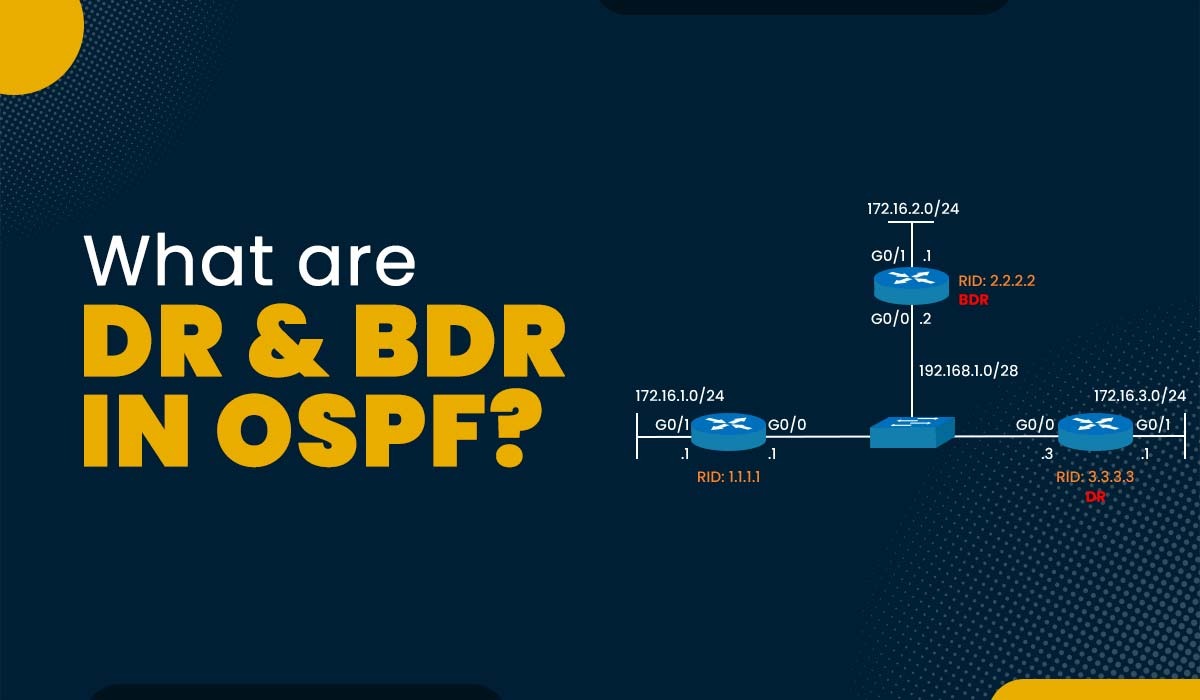
Introduction OSPF, which stands for Open Shortest Path First, is a link-state routing protocol that calculates the shortest course or path to any destination inside the network using the Dijkstra algorithm. However, OSPF has several limitations, mainly in terms of non-broadcast multi-access (NBMA) networks such as Ethernet or Frame Relay. In these networks, more than […]
Read More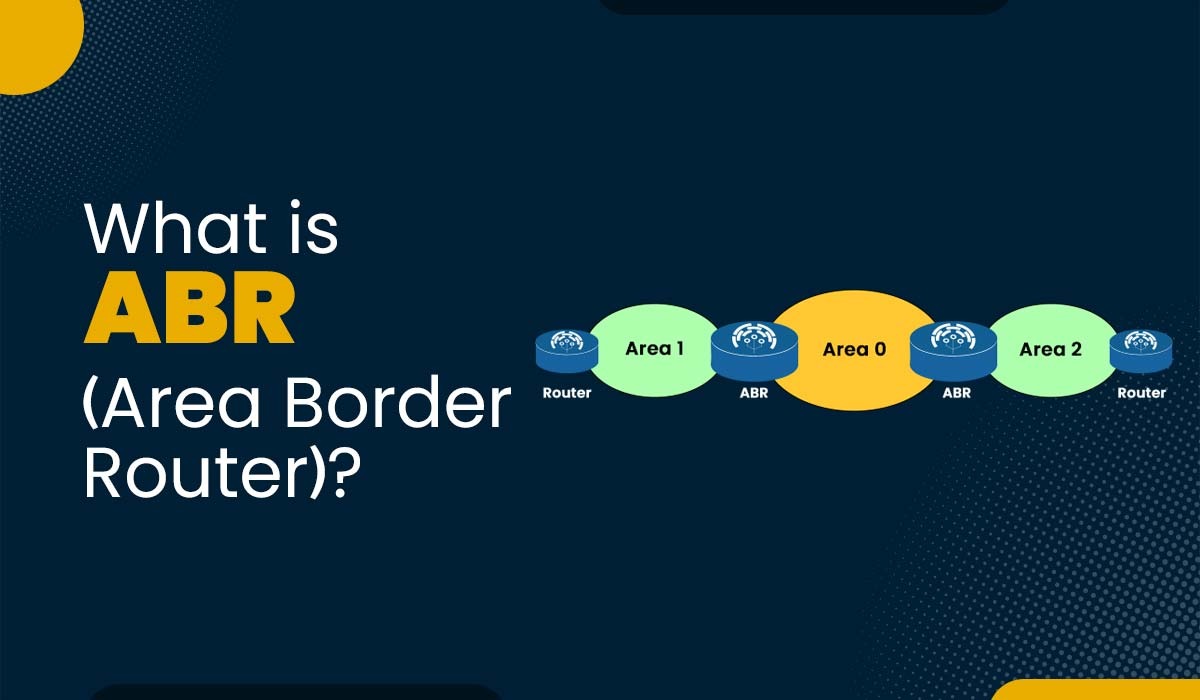
Introduction OSPF, or Open Shortest Path First, is one of the popular routing protocols that mainly utilizes link-state information in order to calculate the best path for sending the data packets to the receiver end of a network. OSPF functions by dividing an extensive network into smaller areas, and these areas have their own topology […]
Read More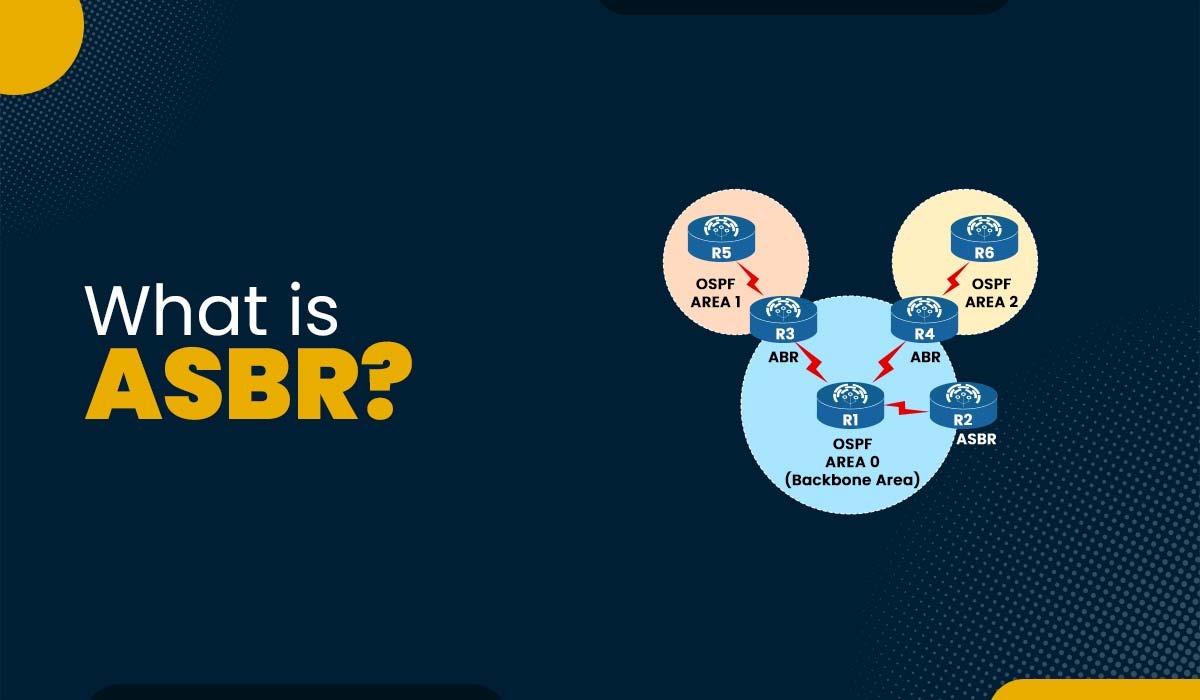
Introduction If you have knowledge regarding OSPF, you already know that it is a routing protocol that is mainly used to divide a network into different areas. Each area has its separate topology as well as the information regarding the routing. This makes it less complicated and also results in less overhead. If someone wants […]
Read More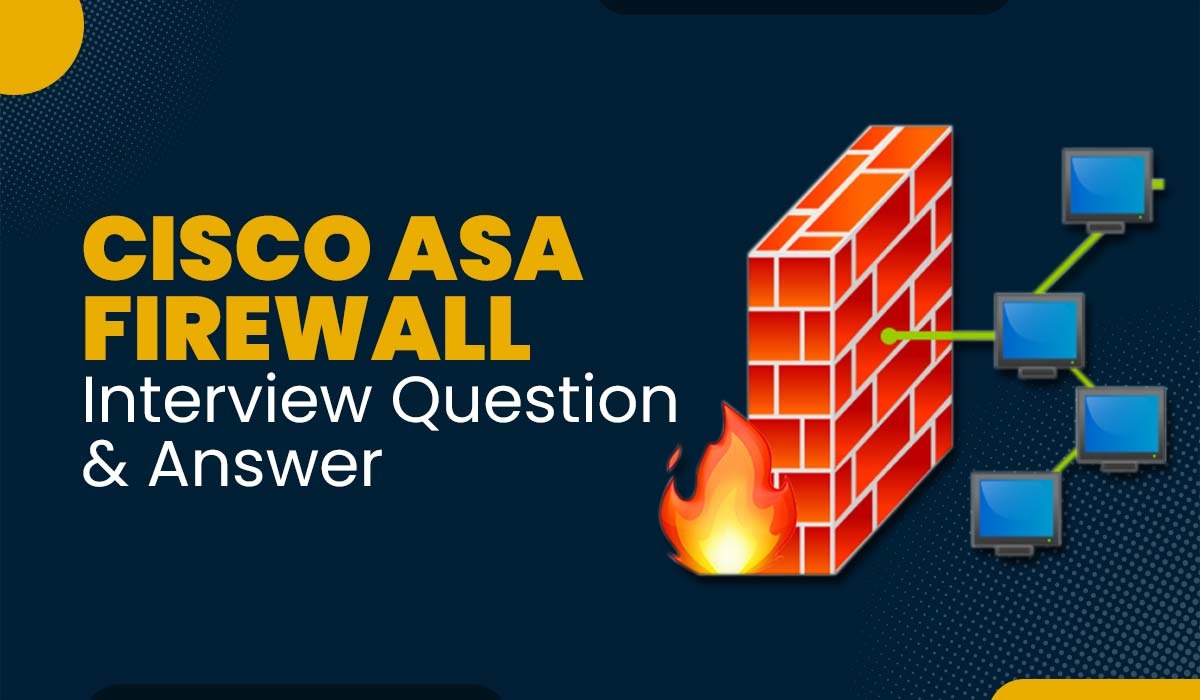
ASA stands for Adaptive Security Appliances, a security device used for proactive threat defence. It combines VPN capabilities, antivirus, firewalls, and intrusion prevention to stop attacks before they spread to the whole network.
Read More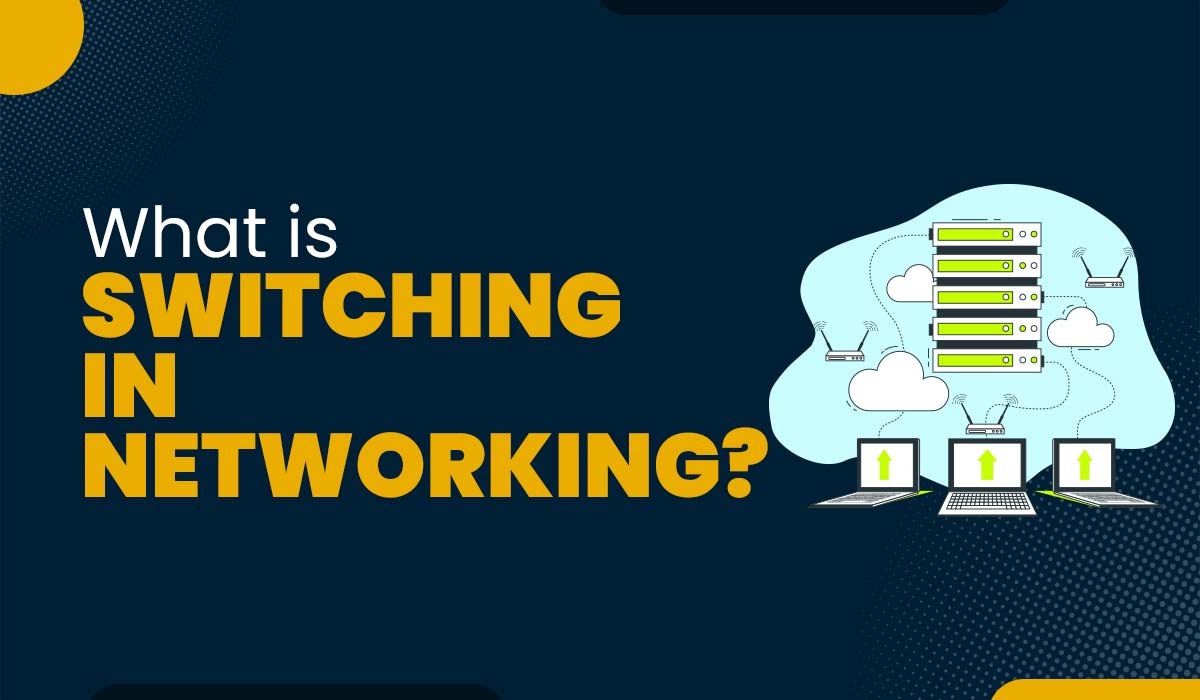
Introduction Switching is not a new concept in data communication. Since the early days of telephony, switching has been part of communication where operators manually connected calls via switchboards. As time passes, so do technological advancements, and with the growth of data networks, switching now has become more automated. But what do you mean by […]
Read More










